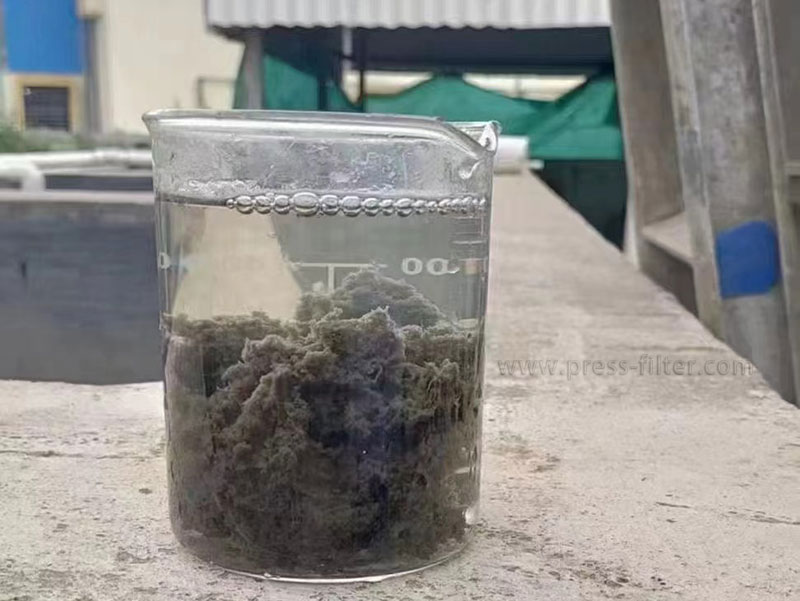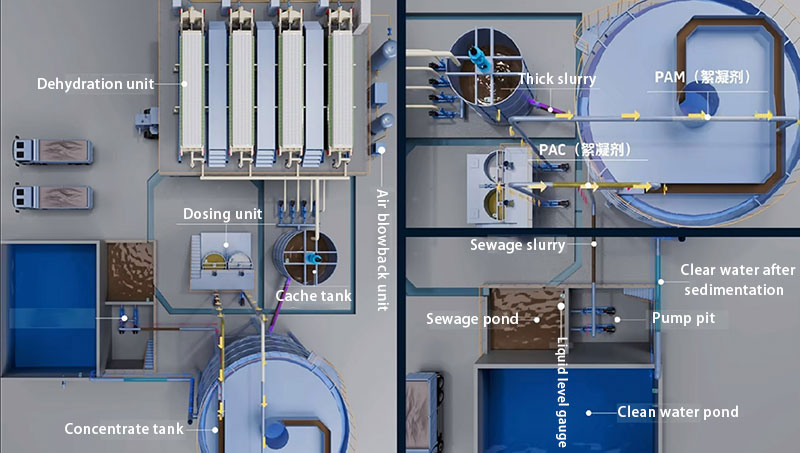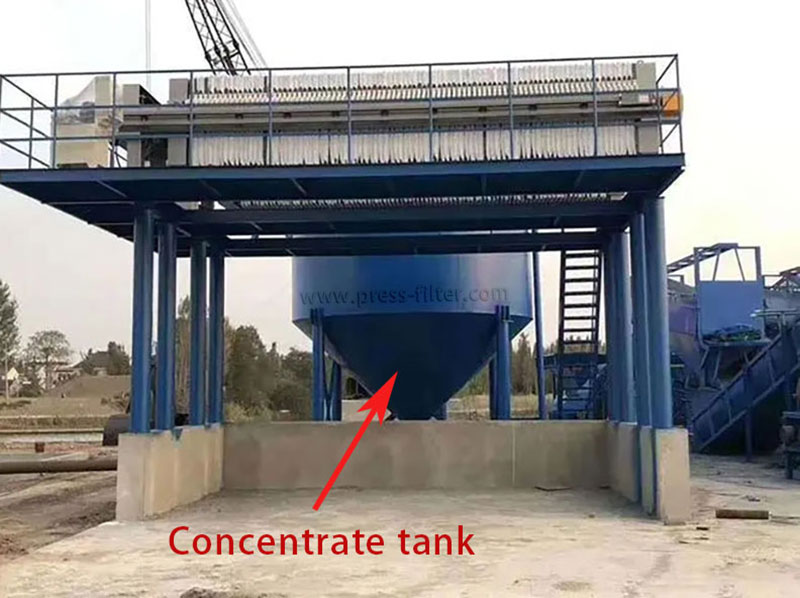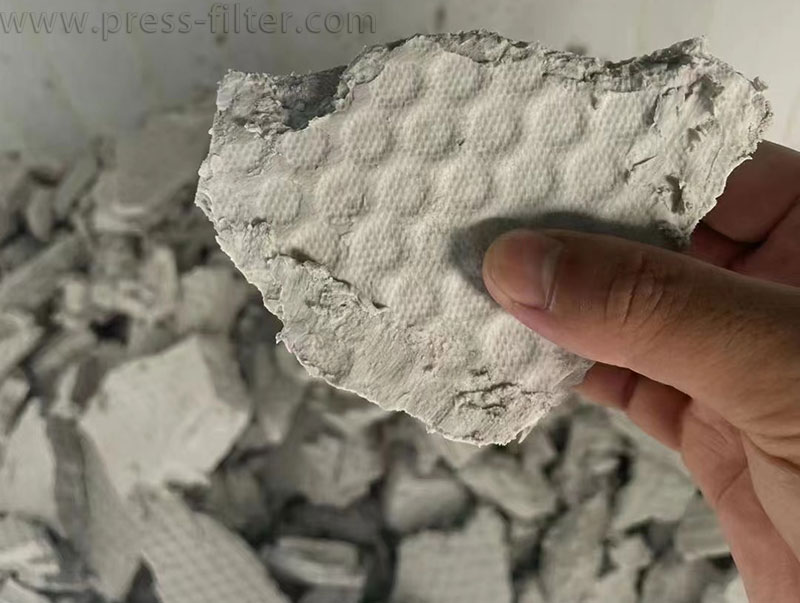How to Add Polymer to Filter Press?
Dosing polymer is an important step in the process of solid-liquid separation using a filter press. Dosing polymer can improve the filtration effect, increase the dryness of the filter cake, and reduce the solid content in the filtrate. This article will introduce in detail how to dosing the filter press.
Determine the Type and Amount of Reagents
Before adding reagents to the filter press, select the appropriate type of reagent according to the characteristics of the treated material and the separation requirements. For example, for dehydration and sedimentation needs, you can choose coagulants or flocculants (PAM, PAC); for the elimination of harmful substances, you can choose chemical precipitants or oxidants.
After determining the type of reagent, you need to calculate the appropriate amount of reagent based on the process requirements and test data. The dosage and method of different reagents may vary, so be sure to read the instructions carefully or consult professional technicians to avoid reagent waste or affect the separation effect.

Prepare the Liquid Polymer
Based on the calculated dosage, dissolve the polymer in an appropriate amount of water to prepare the liquid polymer. When preparing the liquid polymer, pay attention to the ratio of the polymer to water and the concentration of the liquid polymer. For some polymers that need to be precisely prepared, it is recommended to use the automatic dosing system or metering pumps to ensure the accuracy and stability of the dosage.
Dosing the Liquid Polymer
Add the prepared liquid polymer to the appropriate position of the filter press. The dosing position of the liquid polymer is usually located at the entrance of the material into the filter press or the outlet of the pump so that it can be fully mixed with the material before entering the filter press. When adding liquid polymer, it should be ensured that the liquid polymer is evenly dispersed in the material to avoid the phenomenon of local concentration being too high or too low. The concentration tank can be used to fully mix the polymer and the material so that the material meets the filtering requirements.
For the automatic dosing system, the appropriate dosage of the agent can be set according to the flow rate of the material or the processing capacity of the filter press. Manual dosing requires manual operation, which is difficult to operate and prone to errors. Therefore, it is necessary to control the dosage and timing of the liquid medicine according to the actual situation and operating experience.

Operation Precautions
- Ensure that the storage and transportation of the liquid medicine comply with relevant regulations to avoid leakage or environmental pollution.
- Before adding the agent, you should first understand the chemical properties and safety requirements of the agent, wear protective equipment, and avoid direct contact.
- When operating the filter press, pay close attention to the addition of the agent and the separation effect, and adjust the agent dosage and operating parameters in time to ensure the separation effect and processing efficiency.
- Regularly inspect and maintain the agent dosing system to ensure its normal operation and service life. In the event of a malfunction or problem, it should be handled or replaced in a timely manner.
- When the filter press is stopped, the drugs should be drained and cleaned to avoid residual drugs from corroding the equipment or affecting the effect of the next use.
- Follow relevant laws, regulations, and standards, use and dispose of waste liquid drugs reasonably, and reduce the negative impact on the environment.
- For filter press systems using chemical agents, safety assessments and risk assessments should be conducted regularly to ensure operational safety and environmental compliance.
- When operating and maintaining the filter press, the workplace should be kept clean and safe, and relevant operating procedures and safety regulations should be followed.
- For different types of agents and filter presses, there may be specific operating requirements and precautions. Therefore, in the actual operation process, you should refer to relevant technical information and operation manuals or consult professional technicians to ensure the correctness and safety of the operation.


Conclusion
The method of adding polymer to the filter press includes steps such as determining the type and amount of polymer, dispensing polymer, and adding polymer. In the actual operation process, it is also necessary to pay attention to relevant matters and requirements to ensure the separation effect and treatment efficiency and guarantee operation safety and environmental compliance. Through reasonable drug addition methods, the performance and service life of the filter press can be improved to meet various different treatment needs.

